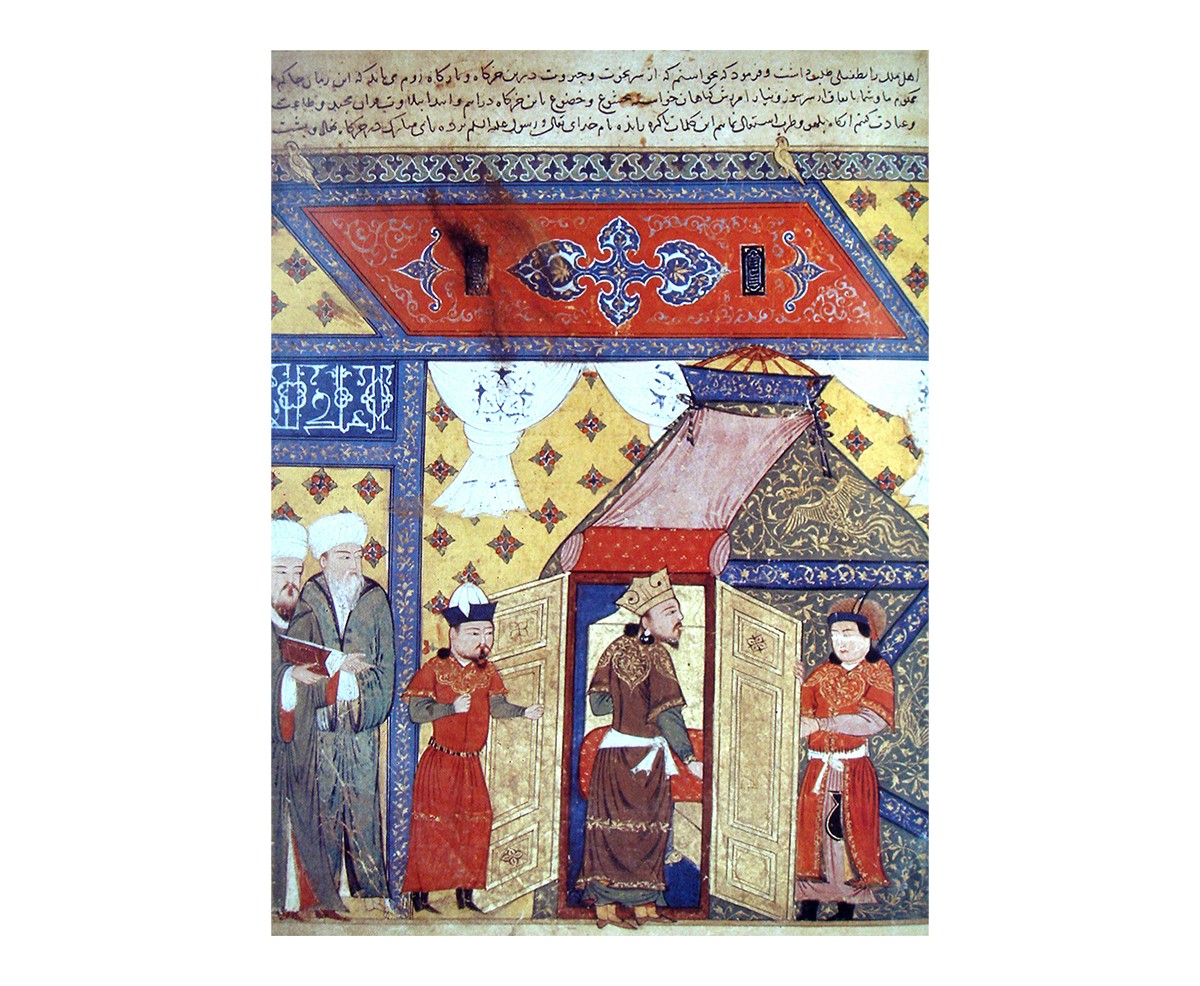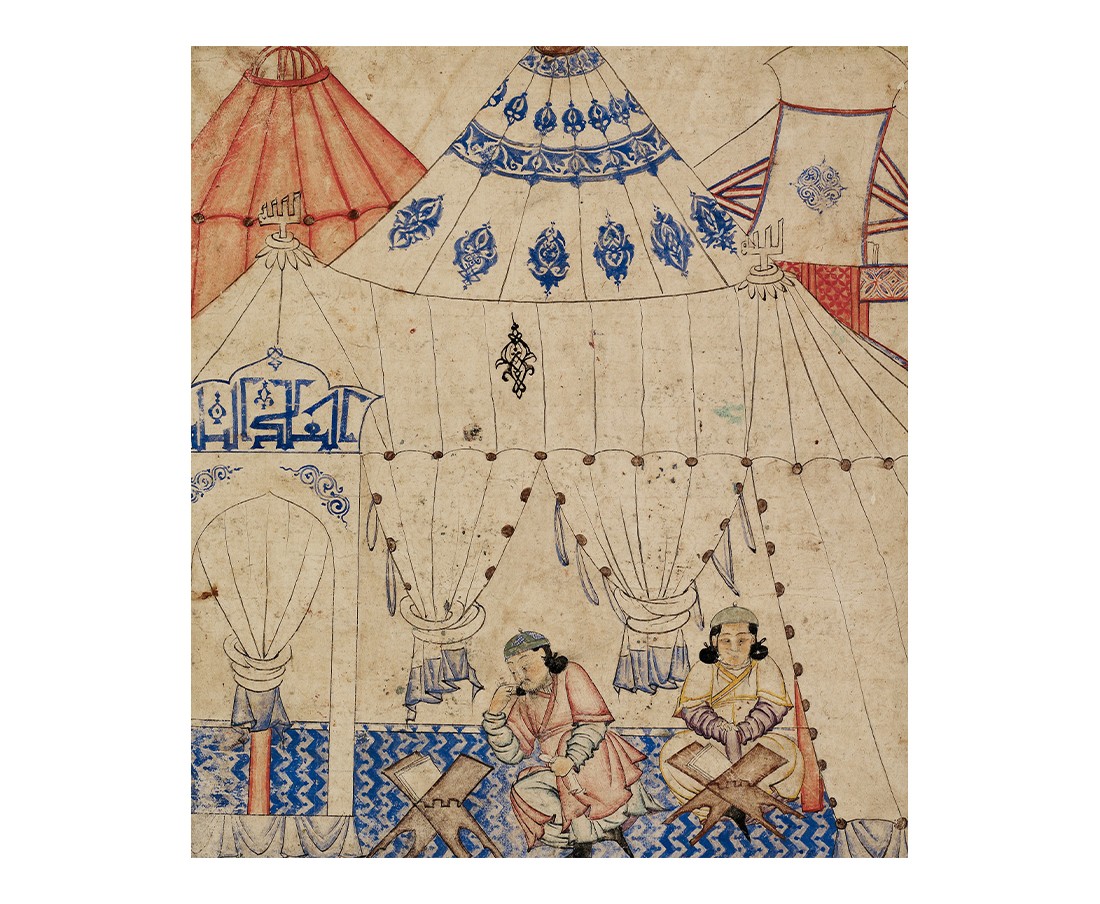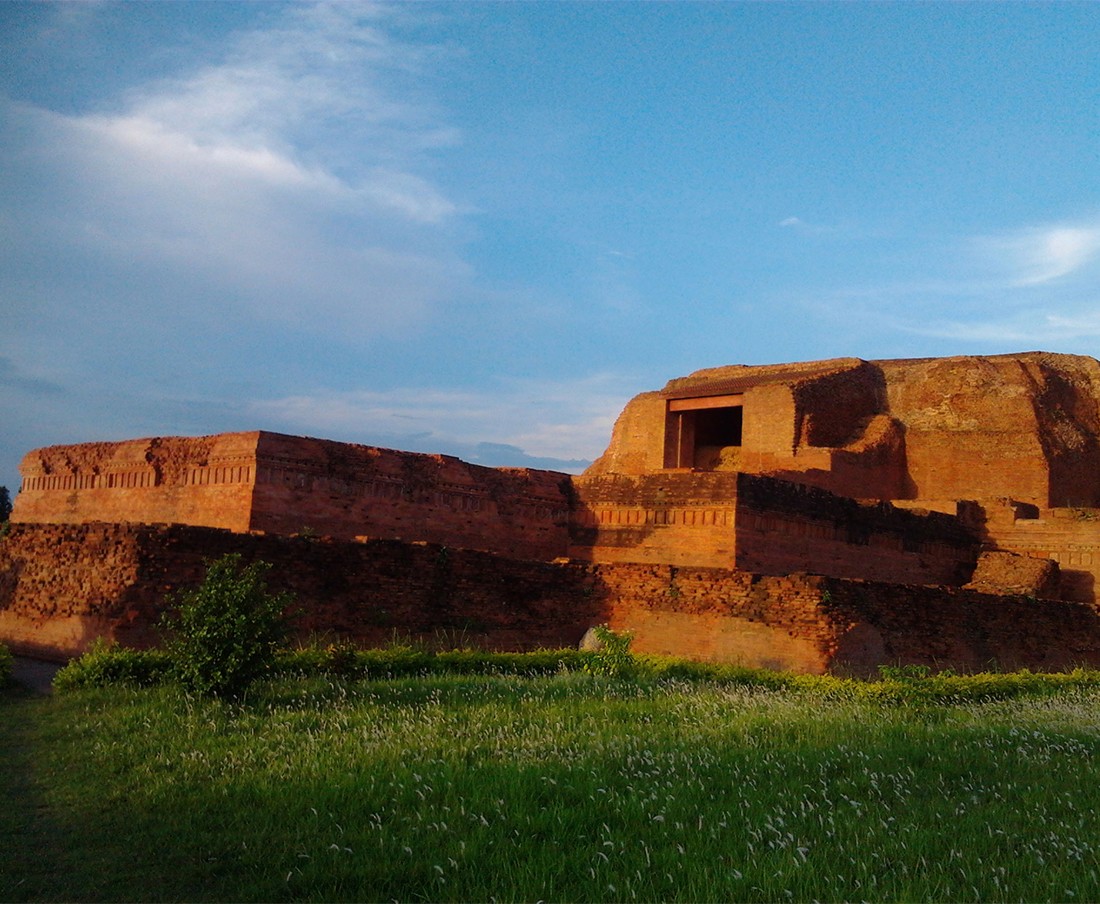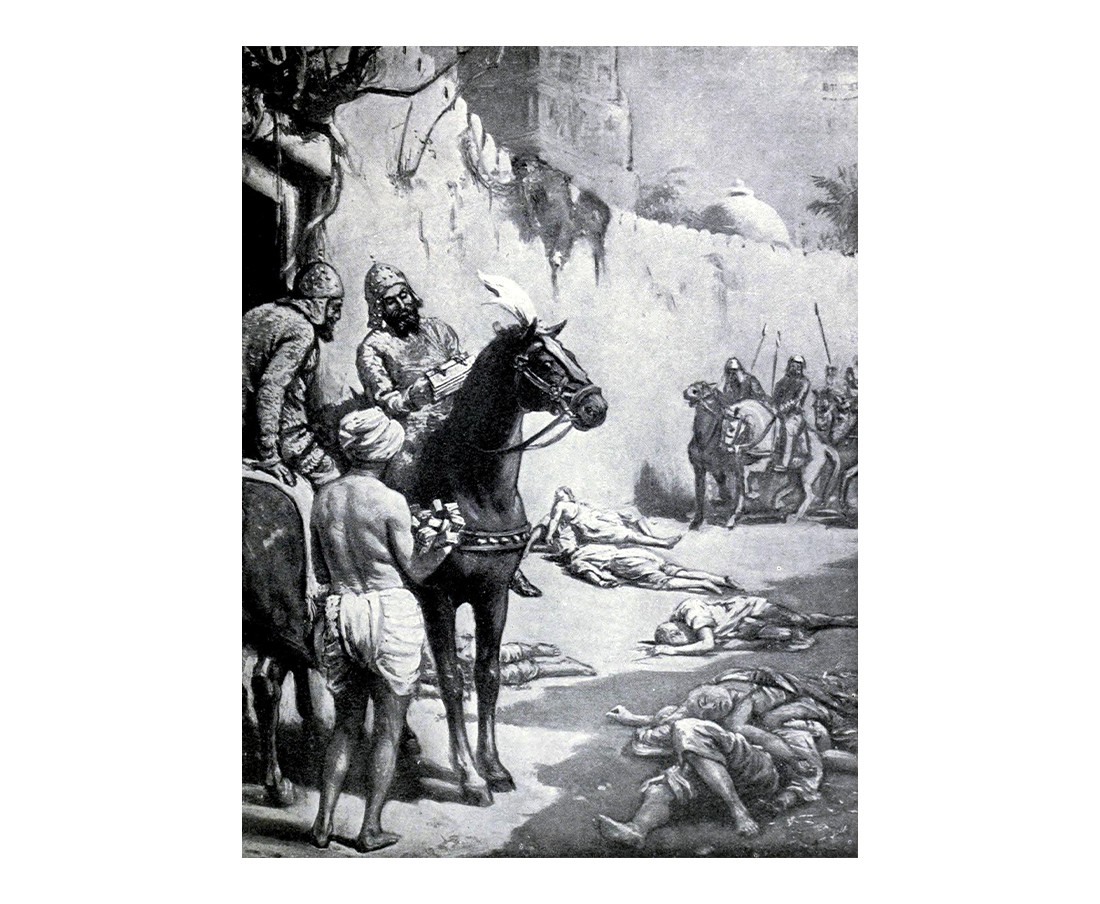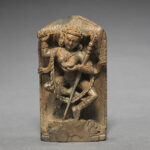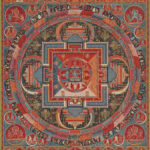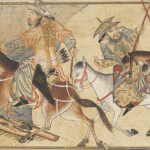Tantric Buddhism Declines
1100–1200
While Buddhism in general has been on the wane in other parts of the subcontinent, Tantric Buddhism continues to flourish in present-day eastern India and Bengal until the late medieval period. The Pala dynasty patronises the production of ornate and intricate bronze sculptures of Buddhist and Hindu deities and bodhisattvas. As with illustrated manuscripts in the ninth century, these bronzes also have an influence on Southeast Asian art, through the Pala empire’s trade network in the region, particularly present-day Thailand and Java in Indonesia.
However, schisms within the Buddhist religious structure, the decline of royal and lay patronage, the eventual weakening of the Pala dynasty, and attacks on centres of learning during Turkic raids of eastern India in the twelfth and thirteenth centuries lead to the near disappearance of Tantric Buddhism in India.
Bibliography
Huntington, Susan L, and John C. Huntington. The Art of Ancient India: Buddhist, Hindu, Jain. Tokyo: Weather Hill, 1985.
Singh, Upinder. A History of Ancient and Early Medieval India: From the Stone Age to the 12th Century. New Delhi: Pearson, 2016.
Thapar, Romila. The Penguin History of Early India: From the Origins to AD 1300. London: Penguin Books, 2002.
Feedback 
This entry appears in
Art in South Asia
Visit Timeline
Associated Timeline Events
First Published: March 11, 2024
Last Updated: July 2, 2024



